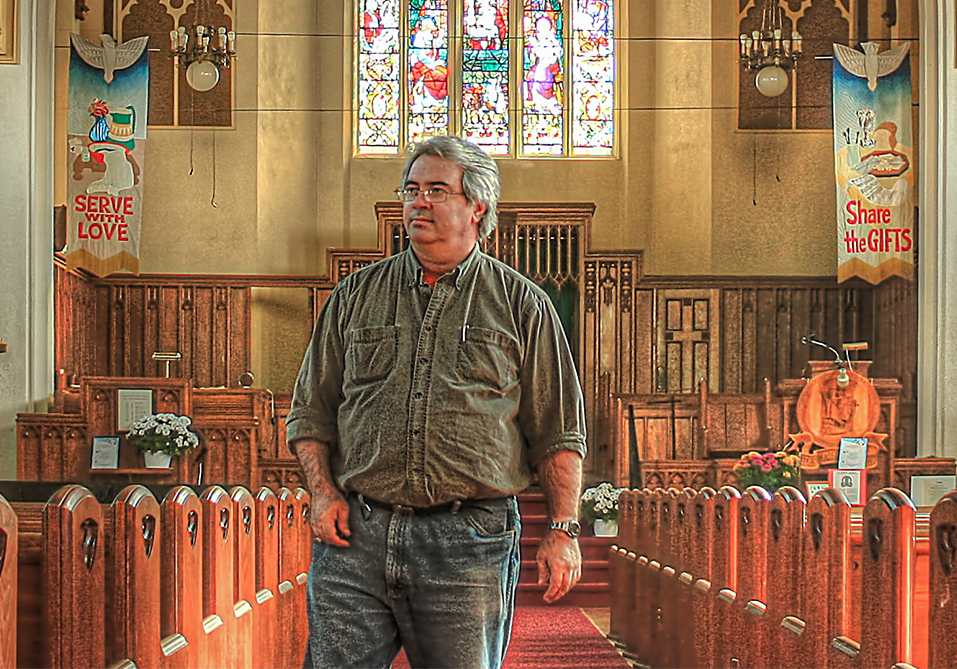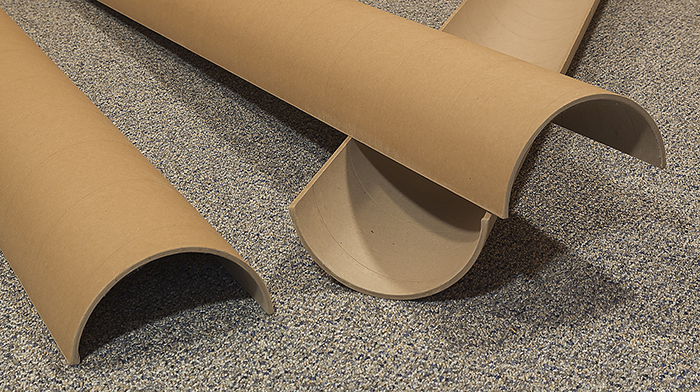
Early Discovery
Just how integral quality sound is to the transmission of the word of God is something that was brought home to De Buglio early on in his career, when an Anglican church (looking to raise money to upgrade to new fire codes) discovered it had another issue – poor speech intelligibility – that also required attention.
“The pastor asked for ‘money’ to offset the cost, but he ended up with 700 pounds of honey,” he says, laughing. JdB Sound addressed the issue promptly and fundraising resumed. Two years later, when he returned to deliver a new wireless microphone, he noticed a new, glass-enclosed elevator. “The fellow taking the delivery said, ‘The sound system actually paid for that elevator.’ In fundraising for the retrofit, they raised enough for that as well.” That further strengthened his belief that a good-sounding church is more likely to be a successful church, one that’s driven him, both professionally and personally, ever since.
This is his ministry – one aimed squarely at solving church’s existing issues while providing them with a firm foundation on which to build their future. In service of that mission, he’s intent on demystifying sound for laymen and providing affordable solutions for clients by dealing with acoustics first.
“Sound systems amplify what the room can or cannot do – like a magnifying glass. In a poor sounding room, you have to limit the functions of a sound system to avoid exciting the parts of the room that interfere with the system’s performance,” he notes. “The worse the room, the less the system is able to do.”
Putting loudspeakers closer to people helps but doesn’t solve acoustical issues that impact speech, congregational singing, and instrumental music. “People often think buying audio hardware is cheaper than fixing the room, which is something I’ve been trying to fight.” In that struggle he’s armed himself with scripture describing Solomon’s Temple, specifically 1 Kings 6:29, which reads: ‘Then he carved all the walls of the temple all around, both the inner and outer sanctuaries, with carved figures of cherubim, palm trees, and open flowers.’
“I wondered, ‘Why palm trees?’ They disintegrate once you remove their source of water, so they’re no good for long-term construction.” But given their similarity in shape to ASC tube traps, De Buglio reasoned they served an acoustical function, and, by extension, that inexpensive cardboard concrete forms deployed as described in 1 Kings would be a viable substitute. “So I bought a bunch of 16-foot tubes at Home Depot, cut them in half, and went from church to church to experiment.”
Other perfectly serviceable yet more expensive solutions were available, but many primarily provide high-frequency absorption – “which a church with carpeted floors and padded seating already has,” he says. He relies heavily on diffusion, managing sound in the low frequencies and preserving high-frequency energy to enhance intelligibility of speech and encourage congregational singing.
First Things First
The tubes (which are branded “Sonotubes” by Canada-based Sonoco) have a broad range of uses for sanctuaries, gymnasiums, recording space and other applications. “And when you cut a $12 tube in half lengthwise, even with labor and everything, you’re talking roughly $20 a unit.”

Failing to deal with the room first, De Buglio asserts, only drives up the cost of the sound system. “In government and corporate work there seems to be a bottomless pit of money, but I’m dealing with many churches that can barely afford $20 to $25 a seat for a sound system.” Of those, he adds, there are hundreds. “And in all the projects I do I offer to design loudspeaker systems – from the mains to the mixer – at no extra cost, which is another reason many churches contact me.”
